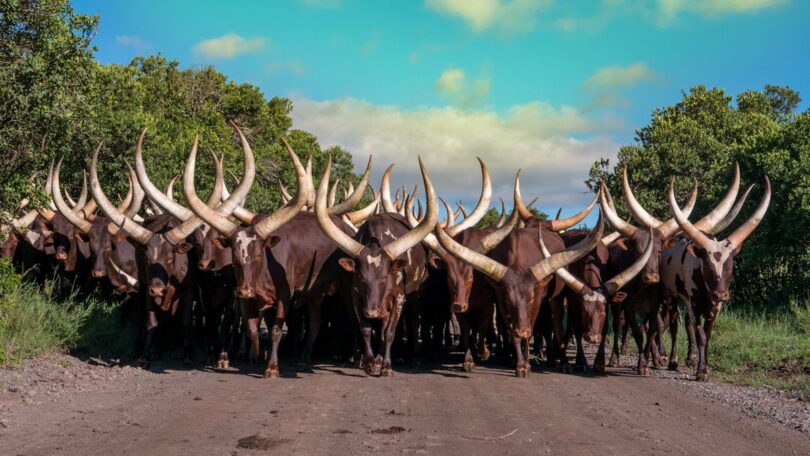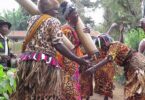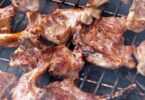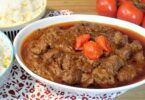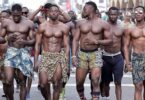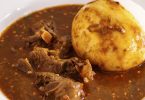Ankole-Watusi cattle famous for their prized long horns symbolised loyalty and wealth among African tribes that reared this breed. Ugandan President Yoweri Kaguta Museveni still has a healthy herd of 6,000 Ankole cattle at his huge Rwakitura and Kisozi farms. Kenya, Burundi, Rwanda, South Sudan and parts of West Africa rear this breed too. However, Uganda and South Sudan have huge heads of this breed, which is attributed to their cultural significance in their respective communities.
According to historical anecdotes, nomadic pastoralists introduced Watusi cattle breeds about 500 years ago to East Africa. Royal families centuries ago kept thousands of the Ankole cows as a sign of prestige, giving birth to the ‘cattle of kings’ tag.
Table of Contents
What is Special About Ankole-Watusi?
Each of the four main breeds of Ankole-Watusi cattle namely; Kigezi, Tustsi, Bahema and Bashi breeds, have unique characteristics. Generally, their long, curved horns – up to 8ft – and their ability to withstand harsh weather make them special. Their long horns are aesthetics that pull dozens of cultural enthusiasts to regions within East and Central Africa where the breed is common. Countryside safaris in places such as western Uganda are partly due to the sight of these cows. Tourists visit the following Ugandan districts to see these cows.
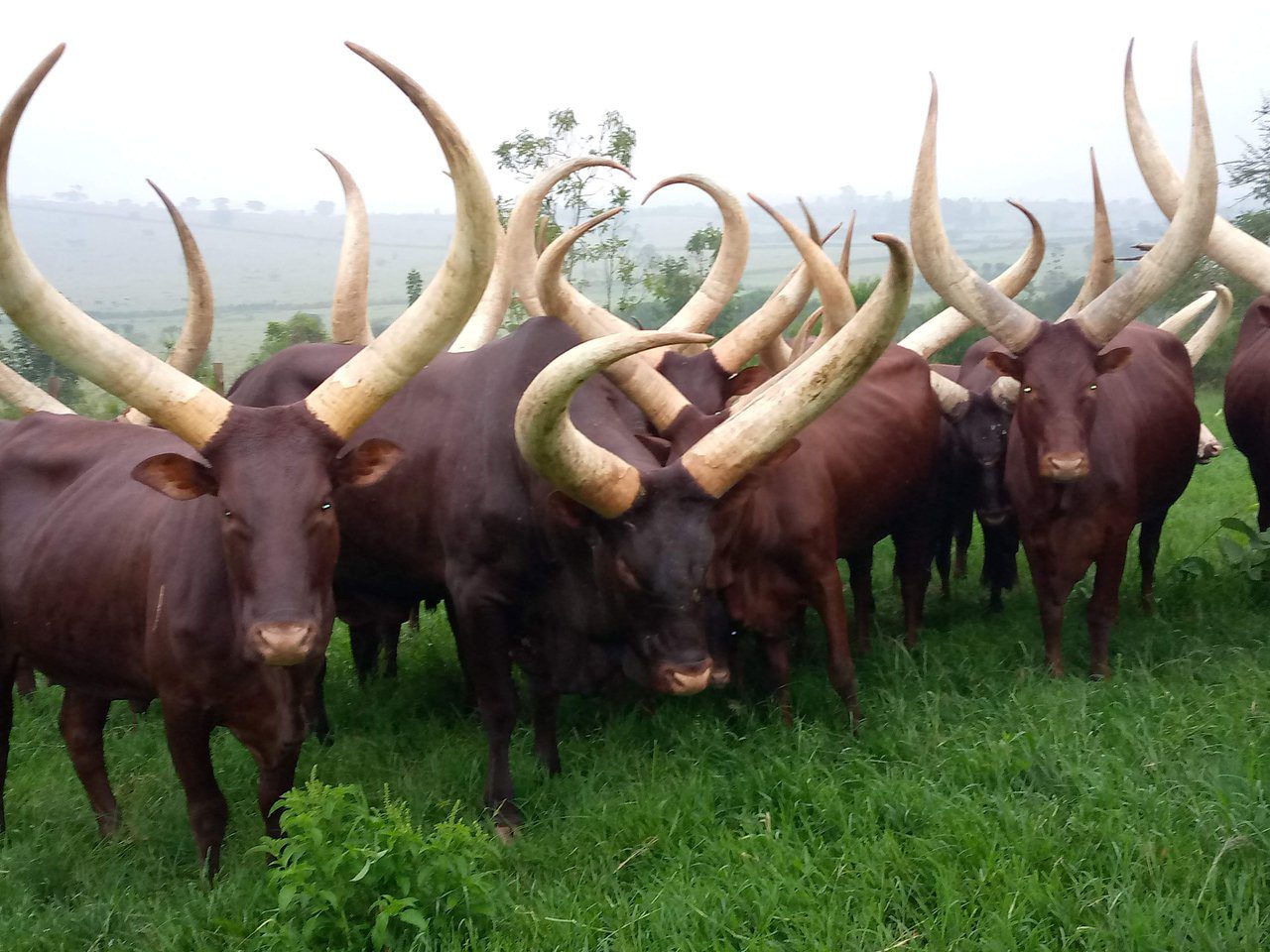
Long-horned Ankole Watusi cattle in Uganda. Photo/Tripadvisor
- Bushyenyi
- Mbarara
- Ntungamo
- Insingiro
- Kiruhura
Another special characteristic of the Ankole cows is that the Tutsi breed found in Rwanda and Burundi has the longest horns compared to the other breeds. This variety also has a darker brown coat. Additionally, the Bahema variety is the most common in Uganda followed by Kigezi and Bashi breeds.
Most pastoralists in the countryside depend on these cows for a living. Rearing the gives maximum economic returns because they are not affected by drought. They can survive with little water. However, with enough pasture, they grow bigger. Moreover, their horns fetch higher prices in the market than their meat. A mature cow could cost USD1,000 in the market.
Further, they’re not only a means of economic survival in South Sudan but a cultural symbol of wealth and respect. A man with many heads of Ankole cattle is, first of all, a rich man treated with a lot of respect by the community. If he is unmarried or needs to add another wife, he easily gets the best, young and educated bride because he can meet the expensive dowry threshold usually paid in the form of cattle.
Why are Ankole Horns So Big?
There are two major reasons why Ankole-Watusi cattle have exceptionally big and long horns.
- Defence
- Temperature regulation

Ankole Watusi cattle have the longest and heaviest horns. They grow up to 8 ft tall and weigh over 450 kgs. Photo/Elephant Grass
Defence
The long horns wade off predators such as hyenas among others. In Kenya for example, Olpejeta Conservancy has a big heard of this breed and they graze in the wild notorious with hyenas and wild dogs. They use these horns to fight the enemy and protect the calves that are most vulnerable to predator attacks.
Also, these cows have an impressive ‘sixth sense’ in that they can decipher danger very fast. They hurdle together in the field when they sense that there could be an approaching predator and get ready to stage defence as a group.
Temperature Regulation
Unsuspectingly, their horns have blood vessels whose other function besides protection is regulating the body temperature. Horns dissipate heat transported from the cows’ body to the blood vessels found in the horns. It’s one of the major reasons why Ankole-watusi cattle survive in extremely hot and dry areas like South Sudan.
What are Some Interesting Facts about Ankole?
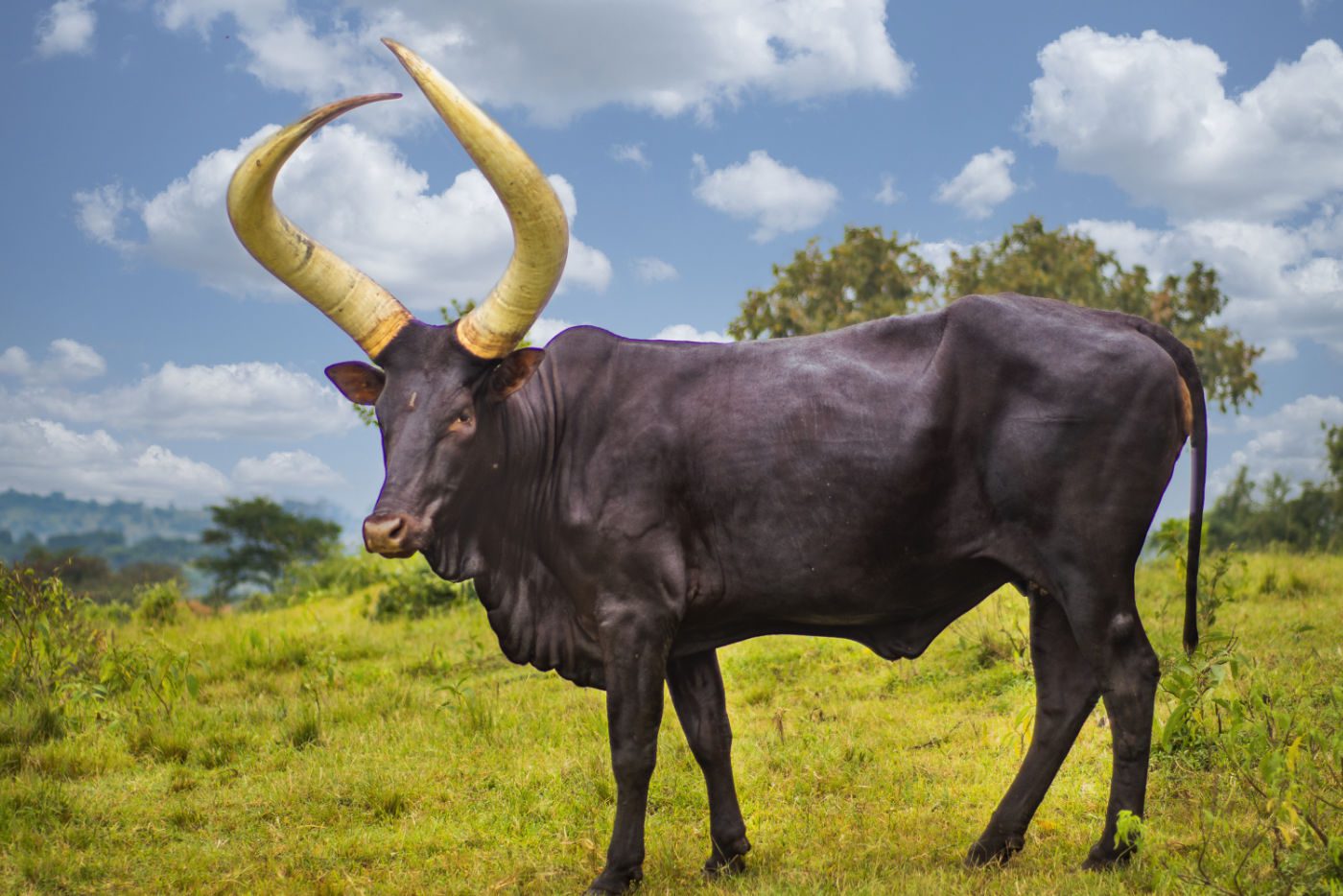
An Ankole-Watusi cow. Their meat is lean and tasty. Photo/Kamihingofarm
Ankole-Watusi cows have an interesting history of royalty, wealth and cultural significance dating back to 500 years ago. Below are some interesting facts.
- They have uniquely long horns, unlike other indigenous cattle breeds.
- Their ancient origin traces back to the African Sanga cattle breed discovered 2000 years ago and is among the world’s oldest cattle breeds.
- These cows can withstand hot and dry climates.
- Although their long horns help in keeping them safe, they also regulate body temperature by releasing heat.
- While they don’t produce a lot of milk, theirs has a higher content of butterfat thus, is more nutritious.
- Crossbreeding them for better breeds that are disease-resistant has been successful.
- They are a sign of wealth in some communities just as they are a cultural emblem in others.
- Their meat is lean and flavourful.
- High demand for their horns and hides in international markets.
- A fully-grown Watusi bull’s horns can weigh up to 450 kgs while horns on calves weigh at least 7 kgs.
- Hides are used as wrappers when shipping or transporting horns to protect them from being damaged.
- Dehorning is only done when the cow is being slaughtered.
A dowry ceremony among the Dinka people in South Sudan helps you appreciate how ankole cattle measure the wealth status of a man looking for a wife. In Uganda, you understand how they symbolise prestige and royalty.


